Physical Address
304 North Cardinal St.
Dorchester Center, MA 02124
Physical Address
304 North Cardinal St.
Dorchester Center, MA 02124
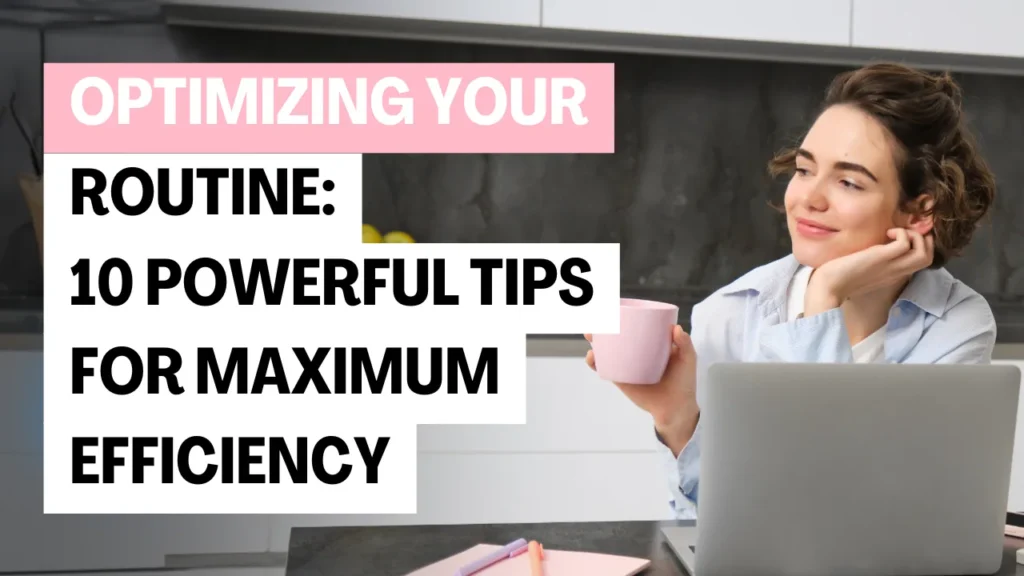
In the fast-paced world we inhabit, optimizing your routine for maximum efficiency is no longer a luxury—it’s a necessity. With increasing demands on our time and energy, a disorganized routine can lead to frustration, burnout, and diminished productivity. By contrast, a well-optimized routine for maximum efficiency acts as a catalyst for success, helping you channel your efforts toward meaningful outcomes while eliminating unnecessary distractions.
An optimized routine not only enhances productivity but also fosters clarity and peace of mind. Whether you’re juggling work, family, or personal projects, streamlining your daily activities allows you to accomplish more with less effort, creating room for what truly matters.

Identifying time-wasting habits
The first step in optimizing your routine for maximum efficiency is identifying where your time is slipping away. Social media scrolling, unnecessary meetings, and excessive multitasking are common culprits. These seemingly minor distractions compound over time, stealing hours from your day without you even noticing. Addressing these habits is crucial for optimizing your routine for maximum efficiency.
Tracking your daily activities for better insight
Keep a log of your daily activities for at least a week. This exercise offers invaluable insight into your habits, revealing patterns that either hinder or help your efficiency. Use tools like time-tracking apps or a simple notebook to document how you spend each hour. By doing so, you can take significant steps toward optimizing your routine for maximum efficiency.
Differentiating between necessary and non-essential tasks
Once you’ve analyzed your activities, categorize them into essential and non-essential tasks. Essential tasks align with your goals and values, while non-essential ones are often distractions disguised as obligations. This differentiation is the key to reclaiming your time and ensuring your routine is as efficient as possible.
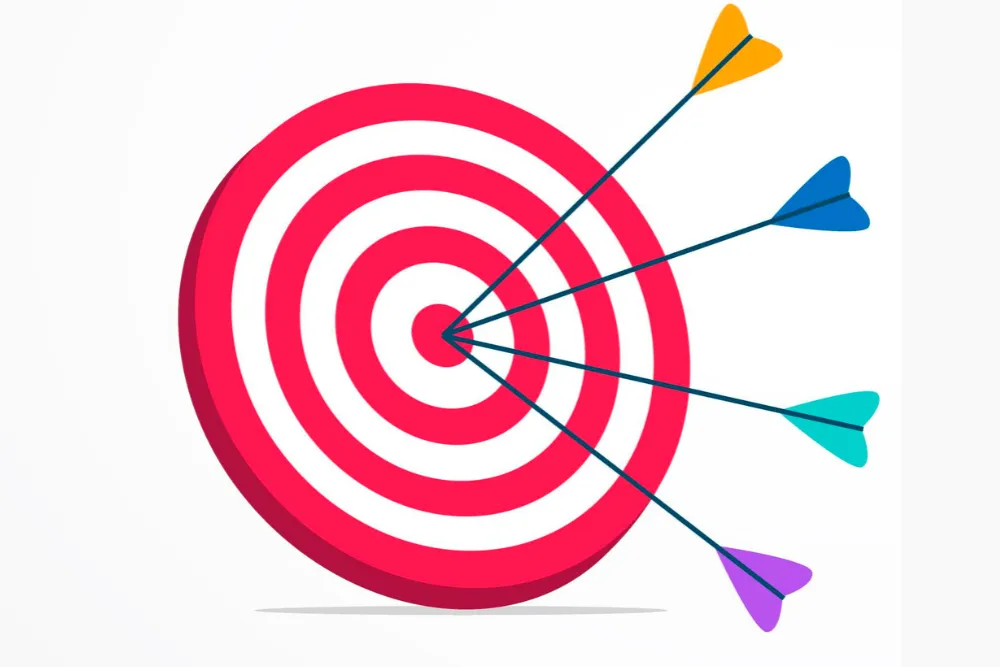
Why goal-setting is crucial for efficiency
Optimizing your routine for maximum efficiency begins with clear and purposeful goal-setting. Without a defined destination, even the most organized routine will falter. Goal-setting provides direction and ensures your efforts are aligned with your aspirations. Clear goals act as a roadmap, helping you navigate your day with purpose while optimizing your routine for maximum efficiency.
Breaking down big goals into actionable steps
Large goals can feel overwhelming, but breaking them into smaller, manageable steps makes them achievable. For instance, if your goal is to write a book, you can start by outlining chapters, setting daily word count targets, and scheduling time for editing. These small, actionable steps contribute significantly to optimizing your routine for maximum efficiency by making large tasks feel more manageable.
The SMART framework for goal clarity
Adopt the SMART framework—Specific, Measurable, Achievable, Relevant, and Time-bound—for setting clear and trackable goals. This structured approach ensures your objectives are well-defined, realistic, and actionable, further enhancing your ability to optimize your routine for maximum efficiency.

The Eisenhower Matrix: Urgent vs. Important tasks
The Eisenhower Matrix is a powerful tool for prioritization. Divide tasks into four quadrants: urgent and important, important but not urgent, urgent but not important, and neither. Focus on what’s important, delegate or schedule what’s urgent, and eliminate the rest.
The power of prioritization for mental clarity
Prioritization reduces decision fatigue and enhances focus. By identifying your top tasks for the day, you eliminate the mental clutter that arises from trying to tackle too many things at once.
How to avoid getting stuck in low-value activities
Low-value activities often masquerade as productivity. Checking emails constantly or attending unnecessary meetings can drain your energy. Instead, allocate time blocks for these tasks to keep them in check.
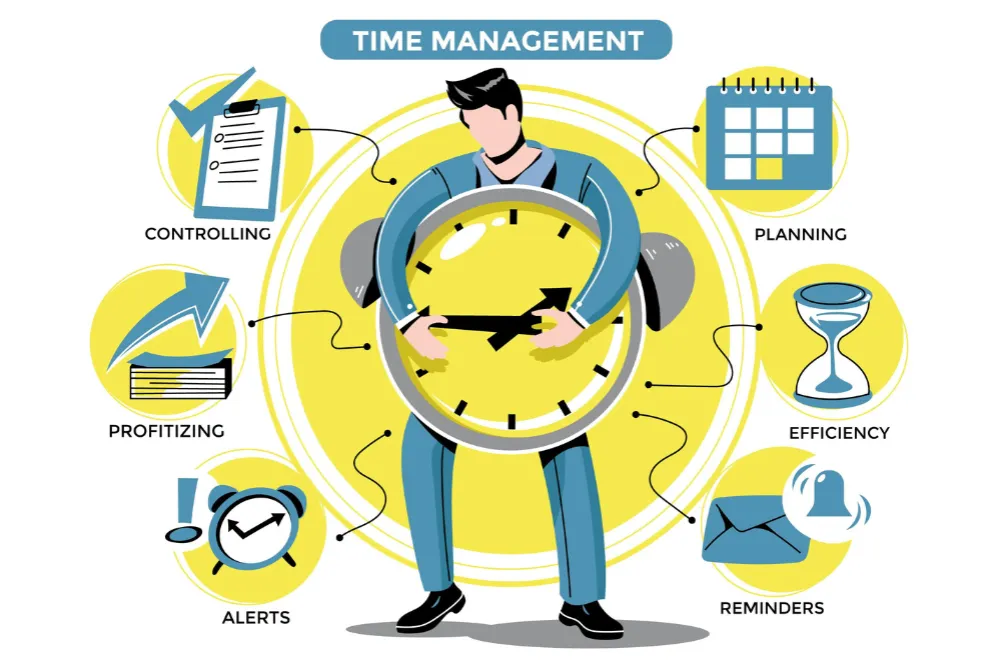
The Pomodoro Technique: Work smarter, not harder
The Pomodoro Technique is a powerful strategy for optimizing your routine for maximum efficiency. By working in focused 25-minute intervals followed by a 5-minute break, you keep your mind fresh and avoid burnout. This method enhances concentration, allowing you to tackle tasks more effectively while consistently optimizing your routine for maximum efficiency.
Time blocking for structured days
Time blocking is a transformative technique for creating a structured and distraction-free schedule. By assigning specific hours to specific tasks, you can maintain focus and seamlessly transition between activities. Incorporating time blocking into your day is an essential step toward optimizing your routine for maximum efficiency and achieving greater productivity.
Using the two-minute rule to handle small tasks
The two-minute rule is a simple yet effective strategy for handling minor tasks that could otherwise pile up. If a task takes less than two minutes, tackle it immediately. This approach not only clears your to-do list but also contributes significantly to optimizing your routine for maximum efficiency by ensuring small tasks don’t become unnecessary burdens.
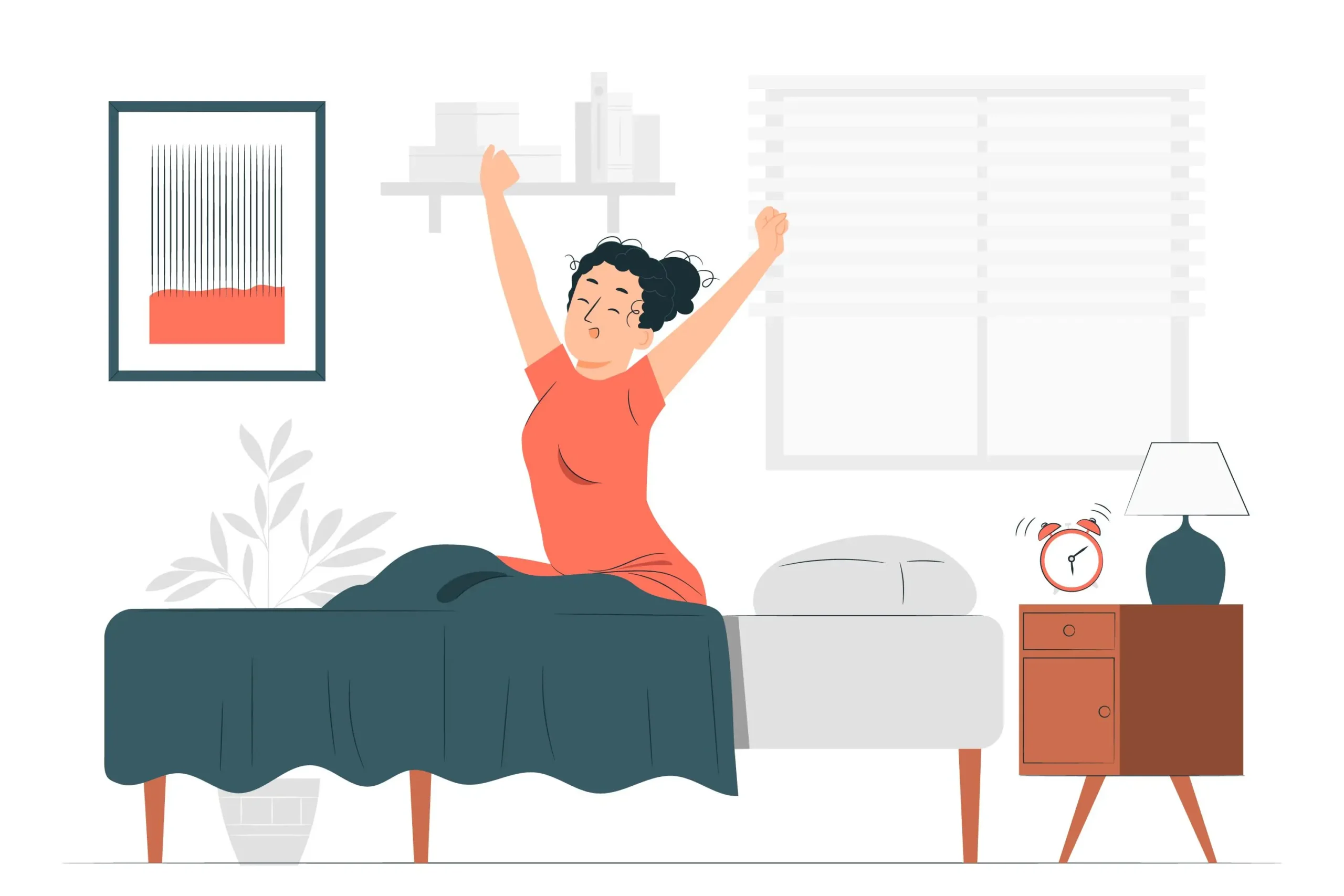
Starting your day with intention and purpose
Optimizing your routine for maximum efficiency begins with a purposeful morning. Your morning sets the tone for the rest of the day, so start with activities that align with your goals, such as journaling, meditating, or reviewing your priorities. These intentional actions help create a solid foundation for productivity.
Healthy habits for morning success
Incorporate simple yet effective habits like hydrating, stretching, or a quick workout to boost energy and focus. These small but impactful actions are vital for optimizing your routine for maximum efficiency, as they prepare your mind and body to tackle the day’s challenges.
Why avoiding decision fatigue in the morning matters
Simplify your mornings by pre-planning tasks or decisions, such as setting out clothes or preparing meals the night before. This reduces decision fatigue and conserves mental energy for more critical choices later in the day, ensuring a smooth and productive start.
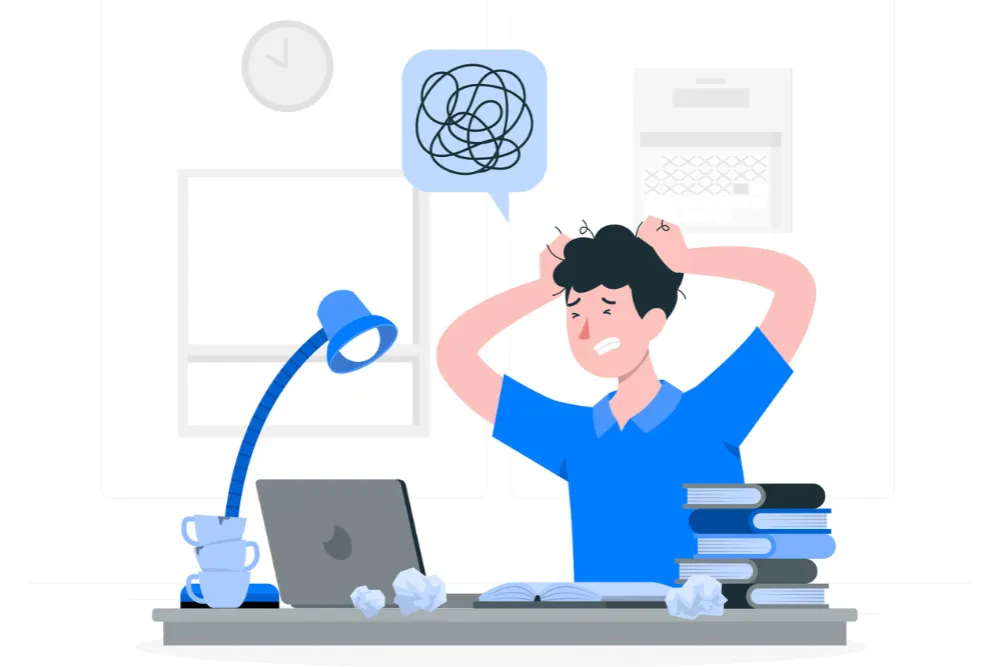
Digital detox strategies for focus
Limit notifications and designate no-screen zones during work hours. Consider using apps that block distracting websites to maintain focus.
Creating a workspace that promotes concentration
A clutter-free and comfortable workspace fosters productivity. Invest in ergonomic furniture, good lighting, and minimal distractions to create an environment conducive to deep work.
Handling interruptions effectively
Communicate boundaries with those around you and use strategies like “do not disturb” signs or noise-canceling headphones to minimize interruptions.
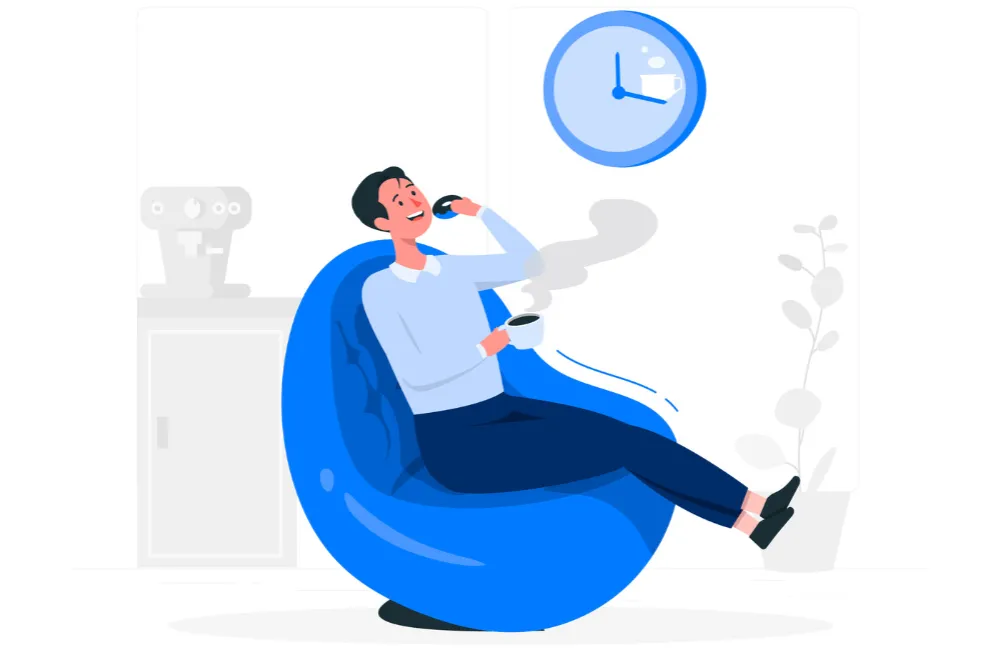
The science behind work-break balance
Optimizing your routine for maximum efficiency requires understanding the importance of balancing work with regular breaks. Studies show that taking breaks enhances concentration and creativity, allowing your brain to recharge and operate at peak performance. These moments of rest are essential for sustaining long-term productivity.
Short breaks vs. long breaks: When to use each
Knowing when to take short or long breaks is crucial for optimizing your routine for maximum efficiency. Short breaks, such as stretching for 5 minutes or stepping away from your desk, are perfect for quick resets between tasks. Longer breaks, like a 30-minute walk or meal, help combat mental fatigue during extended work sessions, keeping your energy levels high throughout the day.
Activities to recharge during breaks
Engage in activities that help rejuvenate your mind and body during breaks. Mindfulness meditation, light exercise, or pursuing a quick hobby can significantly improve focus and mood, ensuring you return to work recharged and ready to tackle the next task.

Apps and software for routine optimization
Tools like Trello, Notion, or Asana help you organize tasks and track progress. Choose platforms that suit your workflow for maximum benefit.
Automating repetitive tasks to save time
Automation tools, such as email filters or scheduling apps, streamline repetitive tasks, freeing up time for high-priority activities.
Tracking progress with digital tools
Track your progress with analytics apps or journals to evaluate how well your routine aligns with your goals. Adjust accordingly to stay on track.

Adapting to unexpected changes without stress
Flexibility ensures your routine remains effective despite unforeseen circumstances. Maintain a buffer in your schedule to accommodate the unexpected.
Balancing structure with spontaneity
While structure is vital, allow room for spontaneity to keep life engaging and adaptable. A rigid routine can stifle creativity and lead to burnout.
Knowing when to pivot and when to stay the course
Evaluate your routine periodically to determine if adjustments are necessary. Recognize when persistence pays off and when it’s time to change direction.
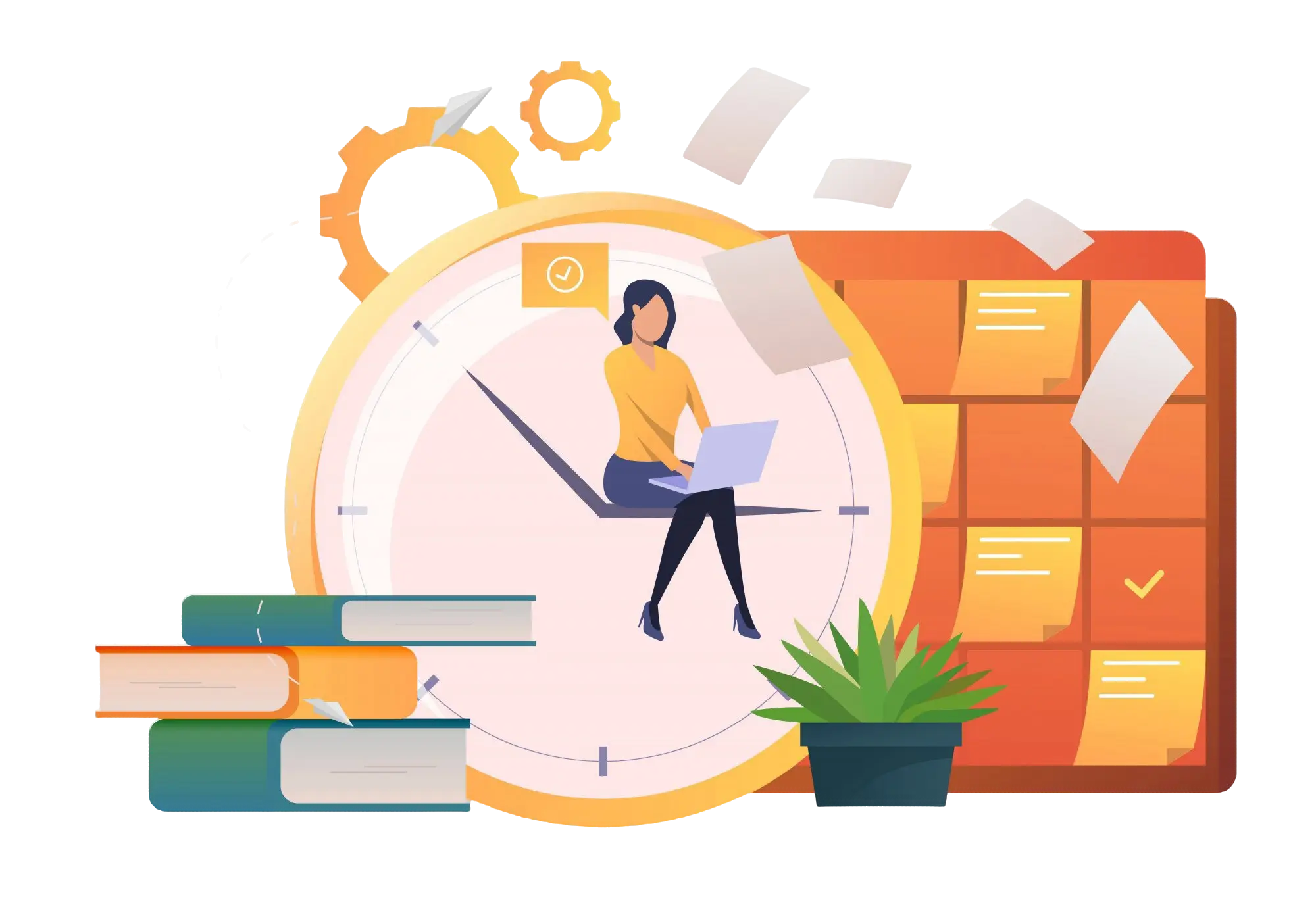
Sleep hygiene and its impact on performance
Prioritize quality sleep by maintaining consistent sleep schedules and creating a calming bedtime routine. Rest is the foundation of sustained productivity.
Nutrition tips for sustained energy
Fuel your body with nutrient-dense meals that provide lasting energy. Avoid sugar crashes by focusing on whole foods and balanced portions.
Incorporating physical activity to boost focus
Regular exercise enhances cognitive function and mood, making it an essential component of any efficient routine.

Reviewing your routine for continuous improvement
Set aside time weekly or monthly to assess your routine. Identify bottlenecks and successes to refine your approach.
Identifying what’s working and what’s not
Evaluate tasks and habits critically. Double down on what yields results and eliminate or modify what doesn’t.
Setting regular checkpoints to stay aligned with goals
Establish milestones to measure progress and maintain motivation. These checkpoints keep your routine aligned with your overarching objectives.
An optimized routine is a cornerstone of efficiency and fulfillment. By implementing the strategies outlined above, you can begin optimizing your routine for maximum efficiency, reclaiming your time and channeling your focus toward what truly matters. Start small, remain consistent, and remember that refinement is an ongoing process. Embrace the journey toward a more efficient and purpose-driven lifestyle.